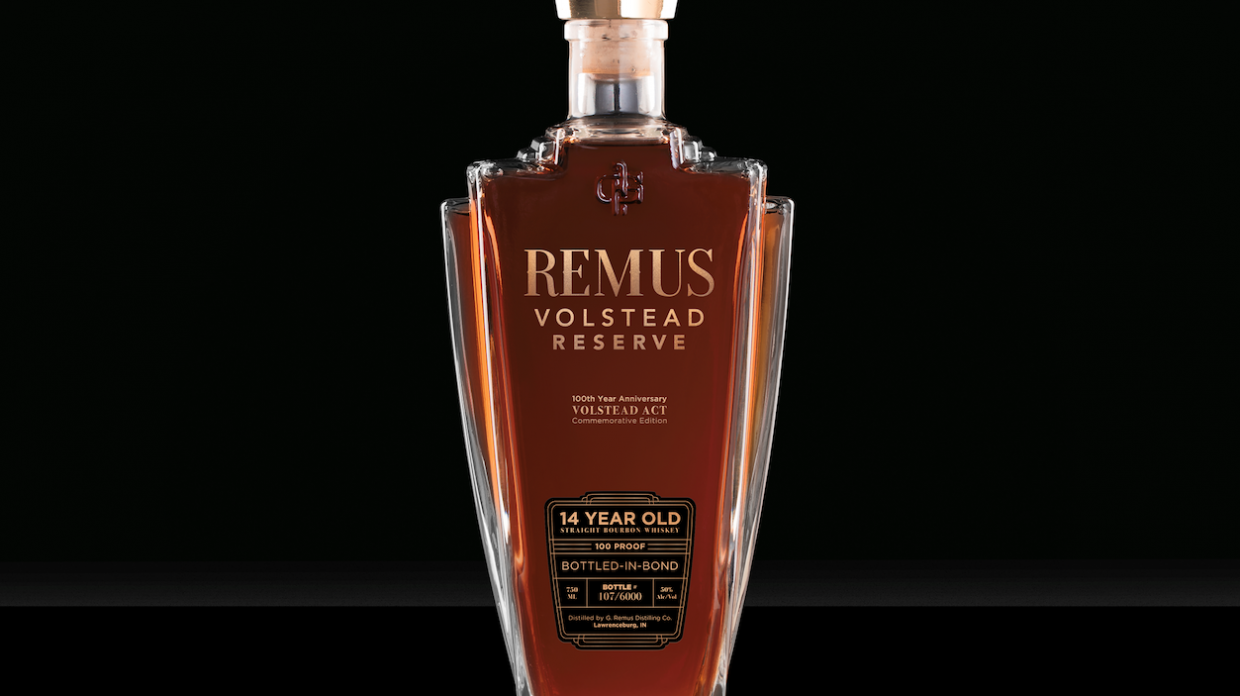Happy Repeal Day!
December 5th officially marks the anniversary of Prohibition Repeal Day - the day the sale and consumption of alcohol once again became legal with the end of Prohibition. To mark the occasion, we’re looking at a historic labelling term that is staging a modern comeback: Bottled-in-Bond.
Bottled-in-Bond is an increasingly popular designation that whiskey drinkers are likely to see more than ever. If you’re wondering what it means, Bottled-in-Bond is a legal classification reserved for products made in one distillation season (January–June or July–December). They must be aged a minimum of four years and bottled at 100 proof (50% ABV). The label must also include the distillery where the spirit was made and bottled.
The term dates back to the Bottled-in-Bond Act of 1897, a federal statute that addressed the widespread practice of adulteration (with decidedly non-whiskey ingredients like iodine, tobacco, turpentine, and ammonia). During the Prohibition era, the contents of spirits became even less controlled, as opportunists recklessly cut their spirits with the cheapest (and sometimes toxic) ingredients.
Bottled-in-Bond Labels
A legal labeling classification for whisky that indicates quality. Released this year, Remus Volstead Reserve Straight Bourbon Whiskey is bottled-in-bond from 2005, 14-year aged Bourbons. The name commemorates the 100th year anniversary of the start of Prohibition under the Volstead Act.
Luckily, since the repeal of the Volstead Act on December 5, 1933, the American whiskey industry has cleaned up its act. Today, the resurgence of the Bottled-in-Bond term is an indication of how far quality whiskey-making has come, often with a nod to its historical origins. Next time you’re looking for an extra special whiskey or Bourbon that commemorates the Prohibition era, look for Bottled-in-Bond on the label.



